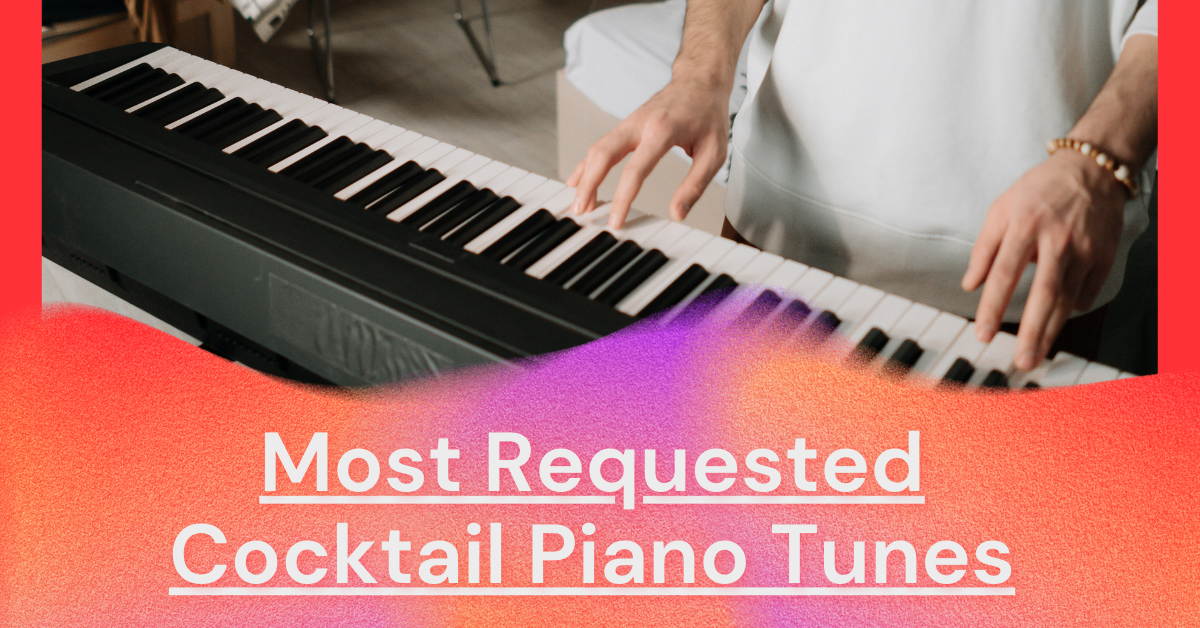The Ultimate Cocktail Piano Playlist: 10 Songs to Set the Mood at Your Next Party

In this article we'll take a look at some of the most requested cocktail piano tunes. Here at Cocktail Piano Lessons, we've spent a lot of time reviewing, practicing, teaching, and PLAYING cocktail piano tunes. So we're very familiar with which tunes are the most popular among players and audiences. This is important information for a couple reasons:
- By knowing which tunes are often requested, you can select tunes you want to work on in order to develop your repertoire; and
- By working on tunes that are more likely to be requested, you will gain confidence when asked to play these tunes, helping you to build performance skills and combat stage fright or nervousness.
Most Requested Cocktail Piano Tunes: Jazz
These jazz-based tunes are familiar to a wide number of people, and are tunes that listeners will generally be able to recognize after the first few bars.
Most Requested Cocktail Piano Tunes: Pop
There are some tunes in the cocktail piano repertoire that are more traditionally thought of as pop, but have a very distinctive jazz or piano-centric vibe, such as the following:
- Piano Man (Billy Joel)
- Just the Way You Are (Billy Joel)
- In My Life (The Beatles)
- Unforgettable (Gordon)
- When I Fall in Love (Heyman/Young)
Remember that we admit that our list is obviously incomplete. It's not meant to be comprehensive. It is meant to be a starting point for students to focus their practice. For example, a savvy student looking to develop some essential cocktail piano repertoire, interested in playing for friends and family, and perhaps hoping to play some cocktail piano gigs would use this information in the following way:
- Listen to various recordings of these tunes. You do not need to listen to only piano versions of these tunes. Listen to all recordings old and new, instrumental or with vocals. Get familiar with the sound of the song so you already have certain aspects memorized (such as the form) before you even start practicing at the piano.
- Work one tune at a time and give yourself specific goals. For example, say to yourself "I want to be able to play a simple arrangement of 'Over the Rainbow' (perhaps right hand melody, left hand chord shells) within the next two weeks."
- Memorize the tune as quickly as possible. The faster you can practice the song without the need for sheet music, the faster you'll have the song stored in your long term memory. At some point, sheet music becomes a crutch.
- Play for audiences - anyone who will listen. Getting some performance experience, however impromptu, will help you understand the importance of being able to deliver a full, beginning-to-end rendition of a tune, without stops or hesitations.
- Sprinkle in some of your own ideas. Experimenting is fun and incredibly educational. If something sounds good to you, explore it further and ask "how" and "why" it sounds good.